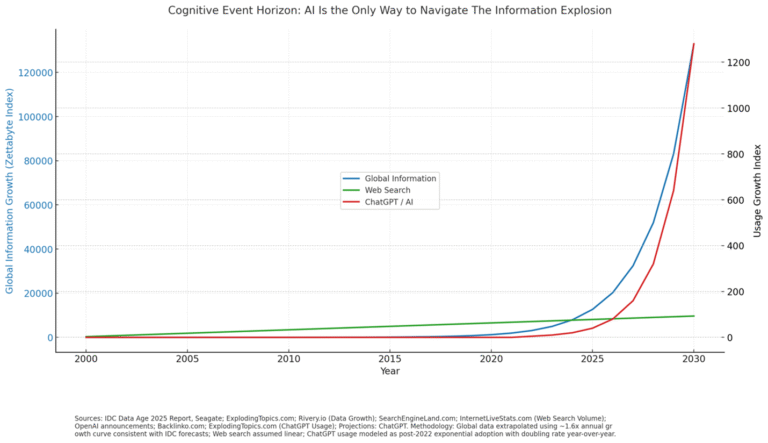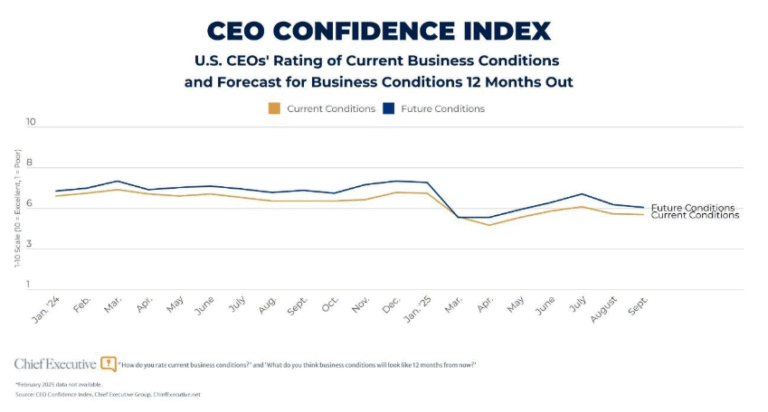
An efficient executive search is usually a successful one. When schedules are set, agendas are respected, deadlines are met, and decisions are made on time, the result tends to be a process that participants feel good about and one that has found the right candidate for the role.
An efficient search is especially important today as we witness a white-hot executive job market. Competition for strong leaders is fierce, and a search process that is slow, unpredictable and laborious risks being a turn-off to top candidates who are often being recruited by multiple organizations simultaneously. As a recruitment unfolds there is a psychological state candidates want to be in—they want to be excited, thinking “It’s a good job and I have a shot at it!” If a search unnecessarily drags out, that enthusiasm can wane and they become disengaged. Many institutions have lost their preferred choice, sometimes at the 11th hour, to a competing organization that recruited more efficiently and kept candidates engaged.
While a comprehensive search takes time, there are efficiencies that can be found throughout the search process to increase the odds of ultimate success. We recommend the following for hiring authorities and search committees:
We understand that representation is important and that institutions want to be broad and inclusive in selecting committee members. However, in academic medicine and academia it’s not unusual to have a committee with 20 or more members. The sheer size slows down its processes, requiring more schedules to be coordinated and more input to be gathered in order for decisions to be made.
We recommend 7-10 members for a committee. This is enough to have representation from key stakeholder groups while also remaining small and nimble to get work done. While broad representation is an important consideration, a committee should remember that its ultimate charge is to find the best leader for the position. A smaller committee facilitates this.
In selecting members, identify people who have the time and inclination to immerse themselves into the search process. (Committees often underestimate just how much is involved at each stage in the process.) Get their commitment up-front that they will prioritize the search. With truly engaged members, it is easier to keep the search process on track.
It’s common at the start of many recruitments to set a schedule for initial committee meetings and first-round interviews. We suggest mapping out the entire search on a set calendar, from “startup” meetings all the way to finalist interviews and the hiring selection. In addition, communicate this schedule to committee members and candidates early and often, so that they are aware of key dates they must be available. Prescheduling the entire search sets clear expectations and provides everyone involved a clear time frame and end goal.
The leadership profile (a.k.a. position specification) is the single document upon which each stage of the search depends. Working with your search consultants, commit to getting the leadership profile done in a timely fashion so that recruiters can go out into the market with a document that spells out the qualifications of the position. Resist the temptation to include information (such as background on the institution) that isn’t essential or that candidates can find on the organization’s website.
Every search aims to attract a broad, diverse pool of candidates. It’s important for the committee to have discussions early (with support from the search consultants) about how best to achieve this. If a diverse candidate pool is truly important, the committee must be open and willing to consider a broader array of individuals than it traditionally would. Set clear expectations from the start so that the search consultants can identify the types of candidates the committee wishes to consider in a timely manner.
As the Covid-19 pandemic begins to fade, institutions are returning to traditional practices of holding in-person meetings and face-to-face interviews with candidates. This “face time” is invaluable. Nonetheless, many meetings and interviews—especially early in the search process—can and should be done via Zoom or WebEx in order to make it easier for people to attend and to stay on schedule.
Institutions today have so many recruitments and other pressing matters on their dockets that they often overtax the coordinators and administrative assistants who facilitate a search’s steps and stages. Avoid this at all costs so that the people who “keep the trains running on time” can be quick and efficient.
Every search is unique and has surprises that can slow it down. A search committee and its search consultants should make every effort, however, to be efficient in order to improve the likelihood of a great hire.



Chief Executive Group exists to improve the performance of U.S. CEOs, senior executives and public-company directors, helping you grow your companies, build your communities and strengthen society. Learn more at chiefexecutivegroup.com.
0

1:00 - 5:00 pm
Over 70% of Executives Surveyed Agree: Many Strategic Planning Efforts Lack Systematic Approach Tips for Enhancing Your Strategic Planning Process
Executives expressed frustration with their current strategic planning process. Issues include:
Steve Rutan and Denise Harrison have put together an afternoon workshop that will provide the tools you need to address these concerns. They have worked with hundreds of executives to develop a systematic approach that will enable your team to make better decisions during strategic planning. Steve and Denise will walk you through exercises for prioritizing your lists and steps that will reset and reinvigorate your process. This will be a hands-on workshop that will enable you to think about your business as you use the tools that are being presented. If you are ready for a Strategic Planning tune-up, select this workshop in your registration form. The additional fee of $695 will be added to your total.

2:00 - 5:00 pm
Female leaders face the same issues all leaders do, but they often face additional challenges too. In this peer session, we will facilitate a discussion of best practices and how to overcome common barriers to help women leaders be more effective within and outside their organizations.
Limited space available.

10:30 - 5:00 pm
General’s Retreat at Hermitage Golf Course
Sponsored by UBS
General’s Retreat, built in 1986 with architect Gary Roger Baird, has been voted the “Best Golf Course in Nashville” and is a “must play” when visiting the Nashville, Tennessee area. With the beautiful setting along the Cumberland River, golfers of all capabilities will thoroughly enjoy the golf, scenery and hospitality.
The golf outing fee includes transportation to and from the hotel, greens/cart fees, use of practice facilities, and boxed lunch. The bus will leave the hotel at 10:30 am for a noon shotgun start and return to the hotel after the cocktail reception following the completion of the round.